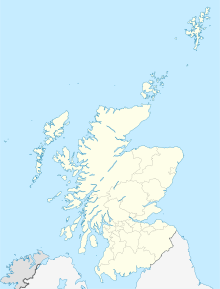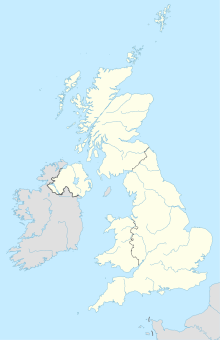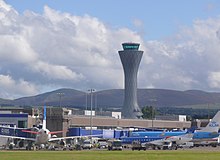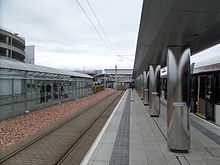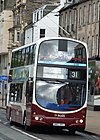
Stansted Airport is an international airport serving London, the capital of England and the United Kingdom. It is located near Stansted Mountfitchet, Uttlesford, Essex, 42 mi (68 km) northeast of Central London.
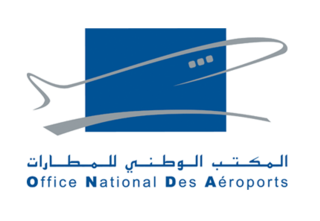
Marrakesh Menara Airport is an international airport serving Marrakesh, the capital city of the Marrakesh-Safi region in Morocco. It is an international facility that receives several European flights as well as flights from Casablanca, some of the Arab world nations and from 2024, flights from North America. The airport served over 6.3 million passengers in 2019.

Vienna Airport is an international airport serving Vienna, the capital of Austria. It is located in Schwechat, 18 km (11 mi) southeast of central Vienna and 57 kilometres (35 mi) west of Bratislava, the capital of Slovakia. Its name in the Austrian Aeronautical Information Publication is Wien-Schwechat Airport. It is the country's largest airport and serves as the hub for Austrian Airlines as well as a base for low-cost carriers Ryanair and Wizz Air. It is capable of handling wide-body aircraft up to the Airbus A380. The airport features a dense network of European destinations as well as long-haul flights to Asia, North America and Africa.

Manchester Airport is an international airport in Ringway, Manchester, England, 7 miles (11 km) south-west of Manchester city centre. In 2022, it was the third busiest airport in the United Kingdom in terms of passengers and the 19th-busiest airport in Europe in 2023, with 28.1 million passengers served.

Falcone Borsellino Airport or simply Palermo Airport, formerly Punta Raisi Airport, is an international airport located at Cinisi, 19 NM west-northwest of Palermo, the capital city of the Italian island of Sicily. It is the second biggest airport in Sicily in terms of passengers after Catania-Fontanarossa Airport, with 7,118,087 passengers handled in 2022.

César Manrique-Lanzarote Airport, commonly known as Lanzarote Airport and also known as Arrecife Airport, is the airport serving the island of Lanzarote in the Canary Islands. The airport is located in San Bartolomé, Las Palmas, 5 kilometres (3.1 mi) southwest of the island's capital, Arrecife. It handles flights to many European airports, with hundreds of thousands of tourists each year, as well as domestic flights to other Spanish airports. It handled 7,350,451 passengers in 2022.

İzmir Adnan Menderes Airport is an international airport serving İzmir and most of the surrounding province in Turkey. It is named after former Turkish prime minister Adnan Menderes.
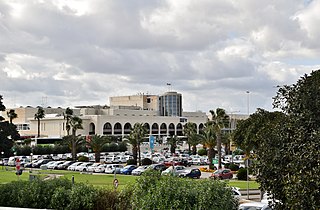
Malta International Airport is the only airport in Malta, and it serves the whole of the Maltese Islands. It is located on the island of Malta, southwest of the Maltese capital, Valletta, in the town of Luqa, and occupies the location of the former RAF Luqa. The airport serves as the main hub for KM Malta Airlines and Medavia besides being an operating base for Ryanair and its subsidiary Malta Air. It is also home to the Area Control Center and hosts the annual Malta Airshow. The airport is operated by Malta International Airport plc.

Gran Canaria Airport is a passenger and freight airport on the island of Gran Canaria. It is an important airport within the Spanish air transport network, as it holds the sixth position in terms of passengers, and fifth in terms of operations and cargo transported. It also ranks first of the Canary Islands in all three categories, although the island of Tenerife has higher passenger numbers overall if statistics from the two airports located on the island are combined. The facility covers 553 hectares of land and contains two 3,100m runways.

Girona–Costa Brava Airport is an airport located 12.5 km (7.8 mi) southwest of the city of Girona, next to the small village of Vilobí d'Onyar, in the north-east of Catalonia, Spain. The airport is well connected to the Costa Brava and the Pyrenees. Girona Airport is used as an alternative airport for Barcelona as well, even though the airport is 74 km (46 mi) north of the center of Barcelona.
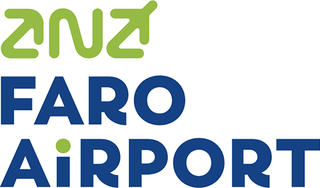
Faro International Airport, officially Faro - Gago Coutinho International Airport, is located four kilometres west of the city of Faro in Portugal. The airport opened in July 1965 being the main gateway to Faro District and southwestern Spain, with nine million passengers using the facility in 2019. Since 2022, it is named after Gago Coutinho, Portuguese geographer, cartographer, naval officer, historian and aviation pioneer.

Tenerife South Airport, also known as Tenerife South–Reina Sofía Airport, is the larger of the two international airports located on the island of Tenerife and the second busiest in the Canary Islands.

Corfu International Airport "Ioannis Kapodistrias" or Ioannis Kapodistrias (Capodistrias) International Airport is a government-owned airport on the Greek island of Corfu at Kerkyra, serving both scheduled and charter flights from European cities. Air traffic peaks during the summer season, between April and October.

Málaga–Costa del Sol Airport is the fourth busiest airport in Spain after Madrid–Barajas, Barcelona–El Prat and Palma de Mallorca. It is significant for Spanish tourism as the main international airport serving the Costa del Sol. It is 8 km (5.0 mi) southwest of Málaga and 5 km (3.1 mi) north of Torremolinos. The airport has flight connections to over 40 countries worldwide, and over 14.4 million passengers passed through it in 2015. In 2017, 18.6 million passengers passed through Málaga Airport.

Francisco Sá Carneiro Airport or simply Porto Airport is an international airport near Porto (Oporto), Portugal. It is located 11 km (6.8 mi) northwest of the Clérigos Tower. Its location is split between the municipalities of Maia, Matosinhos and Vila do Conde. The airport is run by ANA – Aeroportos de Portugal and is currently the second-busiest in the country, based on aircraft operations; and the second-busiest in passengers, based on Aeroportos de Portugal traffic statistics, after Lisbon Airport and before Faro Airport. The airport is a base for easyJet, Ryanair, TAP Air Portugal and its subsidiary TAP Express.
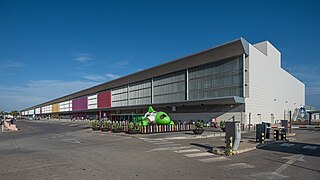
Ibiza Airport is the international airport serving the Balearic Islands of Ibiza and Formentera in Spain located 7 km (4.3 mi) southwest of Ibiza Town. In 2020, the airport handled 2.1 million passengers, making it the thirteenth busiest airport in the country. As the island is a major European holiday destination, it features both year-round domestic services and several dozen seasonal routes to cities across Europe. It is also used as a seasonal base for Vueling.

Bari Karol Wojtyła Airport is an airport serving the city of Bari in Italy. It is approximately 8 km (5 mi) northwest from the town centre. Named after Pope John Paul II, who was born Karol Wojtyła, the airport is also known as Palese Airport after a nearby neighbourhood. The airport handled 6,461,179 passengers in 2023.

Zakynthos International Airport "Dionysios Solomos" is an airport in Zakynthos, Greece.

Aktion National Airport is an airport serving Preveza and Lefkada in Greece. It is also known as Preveza Airport. It is also used by NATO and Hellenic Air Force Command. The airport commenced operations in 1968.
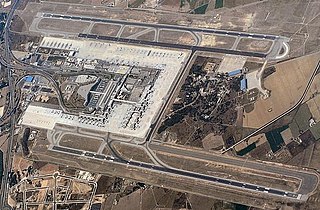
Palma de Mallorca Airport — also known as Son Sant Joan Airport – is an international airport located 8 km (5.0 mi) east of Palma, Mallorca, Spain, adjacent to the village of Can Pastilla.




